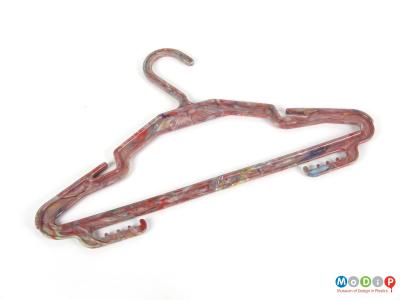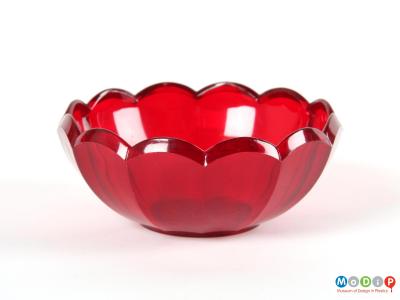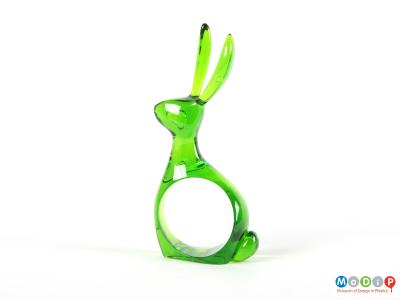Process: Similar to extrusion except that the plastic is injected into a metal mould often with branching for multi-impression tools
Introduced: First used successfully with cellulose acetate after 1928; since 1946 it has been the most widely used method of processing thermoplastics; since 1960 it has also been used for processing some thermosets
Plastics: Commonly all thermoplastics
Marks: The plastic enters the mould through what is known as a gate which leaves a 'sprue' which is then broken off but leaves a slightly rough, often circular area; there are sometimes also smooth circular marks left by the ejector pins used to help release the warm moulding from the mould; mould lines are sometimes also visible.
Tooling cost: High
Production volume: High
Uses: Precision technique capable of complicated shapes: e.g. medical components; Airfix kits; cheap products produced in very large numbers: Lego; plastic cutlery; machine housings; washing-up bowls



